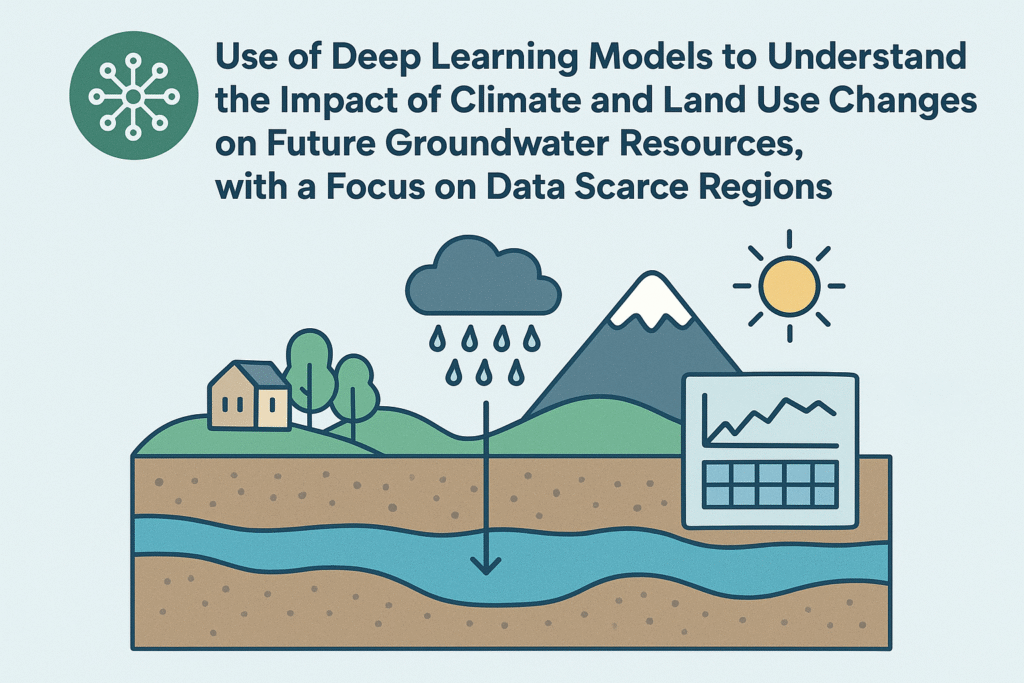Canadian PI: Dr. Taha Ouarda
Canadian Institution: Institut national de la recherche scientifique (INRS)
Indian PI: Dr. Shaik Rehana
Indian Institution: International Institute of Information Technology (IIT) Hyderabad
Project Summary:
River water bodies serve as prominent water sources for various purposes including waste load allocation and climate change is the most important driving force affecting water quantity and quality management. Water resources management authorities are under severe pressure due to targets of sustainable water-supply, environmental stability, and fulfilling the rising water demands with limited water availabilities under pronounced increase of droughts. In the context of global climate change under anthropogenic greenhouse warming, the sensitivity of water quality will be more intensified under changes in hydro-meteorological variables and river water quality parameters (e.g., River Water Temperatures (RWT), Dissolved Oxygen (DO)). For example, RWT is of particular significance as (i) the discharge of excess heat from industries and municipal effluents can affect the aquatic ecosystem, (ii) temperature influences all biological and chemical reactions, and (iii) temperature variations affect the density of water and hence the transport of water. It is also a vital physical property of rivers, directly affecting water quality in terms of reaction rates and dissolved oxygen (DO) levels. Increase in RWT results in the decrease of DO levels which leads to anaerobic conditions in aquatic systems, thereby affecting marine life in terms of availability of food, reproduction and migration.
Due to the occurrence of flow extremes (such as low flows and droughts), RWT increases as the sun’s radiation heats the water much faster as the water depth is lower which can lead to eutrophic conditions. Therefore, modelling the joint or multivariate dependencies of various hydrological and water quality extremes is important. Multivariate frequency analysis accounts for the dependence structure between various hydrological phenomenon such as floods, droughts, low flows, etc. To model the dependence structure between various hydrological extremes has been studied by Copulas. Considering the non-stationarity in the modelling of such multivariate dependence structure is important as the copula parameter changes, the quantile curve also changes. The present study proposes to develop a modelling framework which can integrate the multivariate and non-stationarity to study the dependence structure of various hydro-climatological and water quality extreme events.



